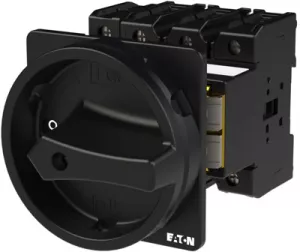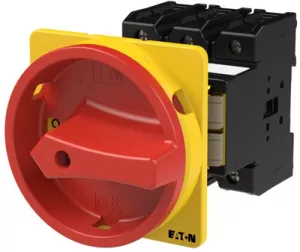Circuit Breakers

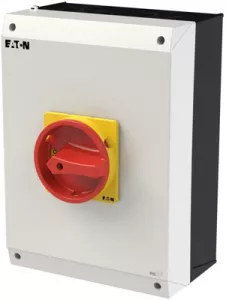
Order No.:
82P0244
Manufacturer SKU:
207373

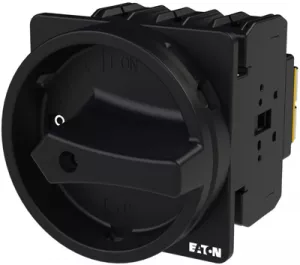
Order No.:
82P0245
Manufacturer SKU:
062603

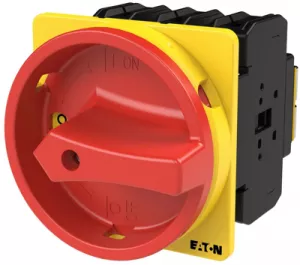
Order No.:
82P0246
Manufacturer SKU:
074320

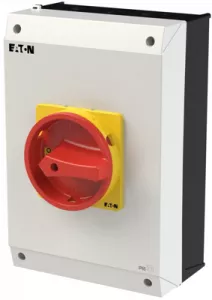
Order No.:
82P0247
Manufacturer SKU:
207349

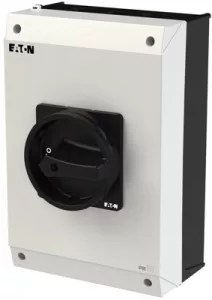
Order No.:
82P0249
Manufacturer SKU:
207345

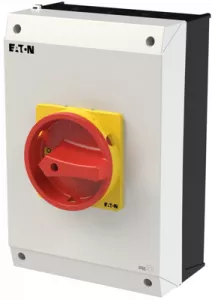
Order No.:
82P0250
Manufacturer SKU:
207343

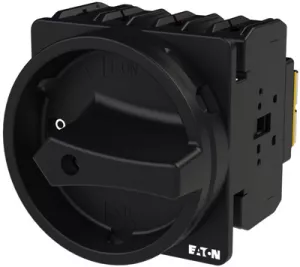
Order No.:
82P0251
Manufacturer SKU:
012771

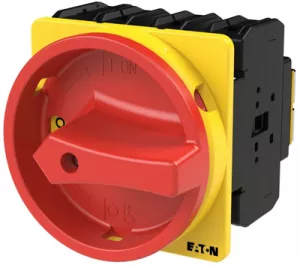
Order No.:
82P0252
Manufacturer SKU:
010398

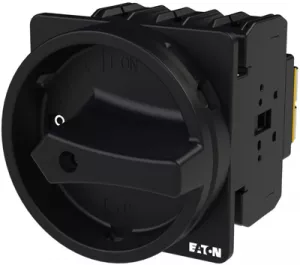
Order No.:
82P0253
Manufacturer SKU:
057857

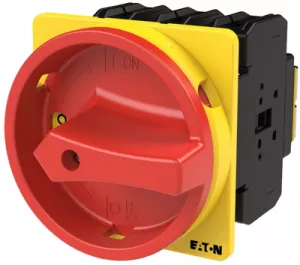
Order No.:
82P0254
Manufacturer SKU:
031607
Order No.:
82P0255
Manufacturer SKU:
017517
Order No.:
82P0256
Manufacturer SKU:
048218

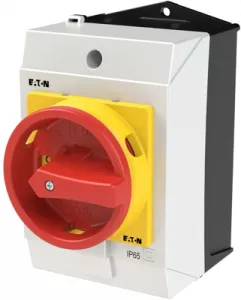
Order No.:
82P0257
Manufacturer SKU:
207145

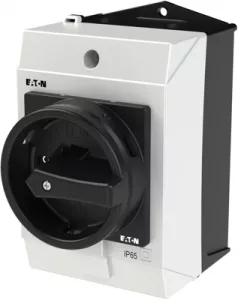
Order No.:
82P0258
Manufacturer SKU:
207144

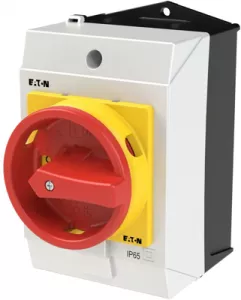
Order No.:
82P0259
Manufacturer SKU:
207143

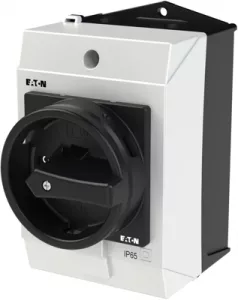
Order No.:
82P0260
Manufacturer SKU:
207148

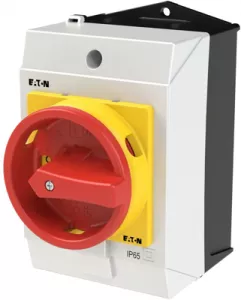
Order No.:
82P0261
Manufacturer SKU:
207147

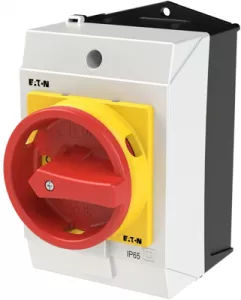
Order No.:
82P0263
Manufacturer SKU:
207151

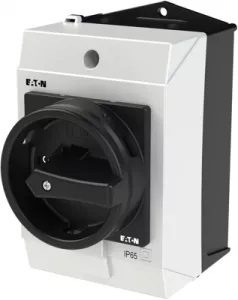
Order No.:
82P0264
Manufacturer SKU:
207150

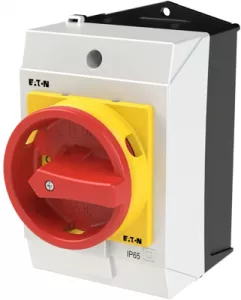
Order No.:
82P0265
Manufacturer SKU:
207149
Safety guaranteed: Functions and advantages of switch-disconnectors
Circuit breakers are used to protect electrical circuits by automatically switching off in the event of an overload or short circuit. They can be switched back on, eliminating the need for one-way fuses. Switch-disconnectors, on the other hand, specialize in safely isolating electrical circuits from the power supply.
Unlike circuit breakers, switch-disconnectors do not perform a protective function, but merely ensure safe isolation as well as prevention of accidental switch-on. Both electromechanical components are indispensable in electrical installations and in the energy sector, with circuit-breakers primarily ensuring the protection of installations, while switch-disconnectors are used for maintenance and repairs.
